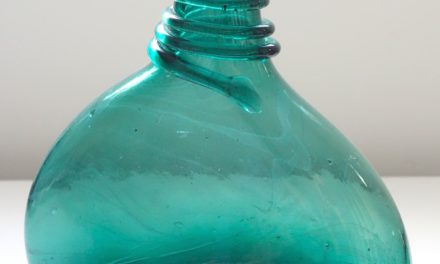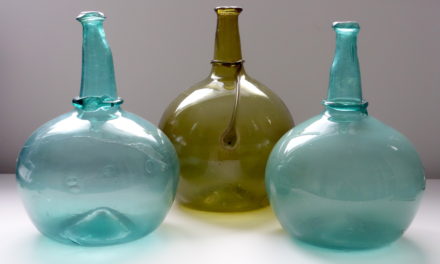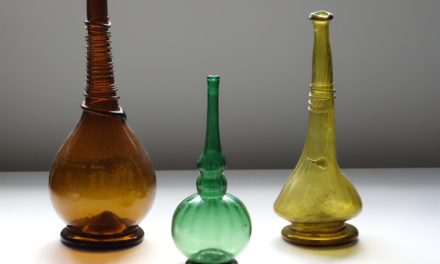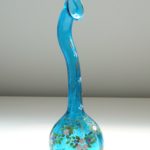In 1712, Engelbert Kaempfer, a German naturalist, published his Amoenitatum Exoticarum, with one chapter devoted to Persian wine, rose water and glass bottle production. Unfortunately for me, Kaempfer thought it best to write his stories in Latin, a language which is all Greek to me!
 Recently, I paid a translator to render an academically complete english-language rendition of this chapter, and I was delighted to receive the full translation yesterday. I have posted the full original and translated content on this site in the future, to support anyone else with similar research goals and linguistic challenges. 🙂
Recently, I paid a translator to render an academically complete english-language rendition of this chapter, and I was delighted to receive the full translation yesterday. I have posted the full original and translated content on this site in the future, to support anyone else with similar research goals and linguistic challenges. 🙂
One of the more interesting tidbits lay, of course, in the final paragraph. Speaking of those who have royal dispensation to produce “impure drinks” (wine) in Persia, Kaempfer mentions four distinct groups who produced wine for four distinct clienteles. And I’m curious to see the note about the fourth:
“To the fourth class [belong] those who constitute the Societies of Europeans [established] to produce by Royal permission wine for themselves, which they may carry away by sea. Those who, [belonging to one] of those [societies], operate under the Belgian name, every year fill more or less three thousands of crates, those [who work] for Englishmen, at least one thousand; those [who work] for Portuguese, barely less. I do not mention the number of crates which, purchased [here], Armenian merchants carry away from here to India to earn a profit. So the Grapevine of only one city, by serving the palaces[1] of so many nations offers what hardly any Province in Europe can [offer even] in many wine-gatherings.”
Earlier in the chapter, Kaempfer mentioned that each crate would hold, on average, 2 Karabas, 10 saddle flasks and at least two rose water bottles. Simple extrapolation tells us that, from the export trade alone, more than 50,000 saddle flasks, 10,000 Karabas and 10,000 rose water bottles left Persia each year in the early 18th century.
That’s a whole lot of bottles.

A Karaba – possibly of the sort used in the early 18th century to transport Shirazi wine to foreign markets.















